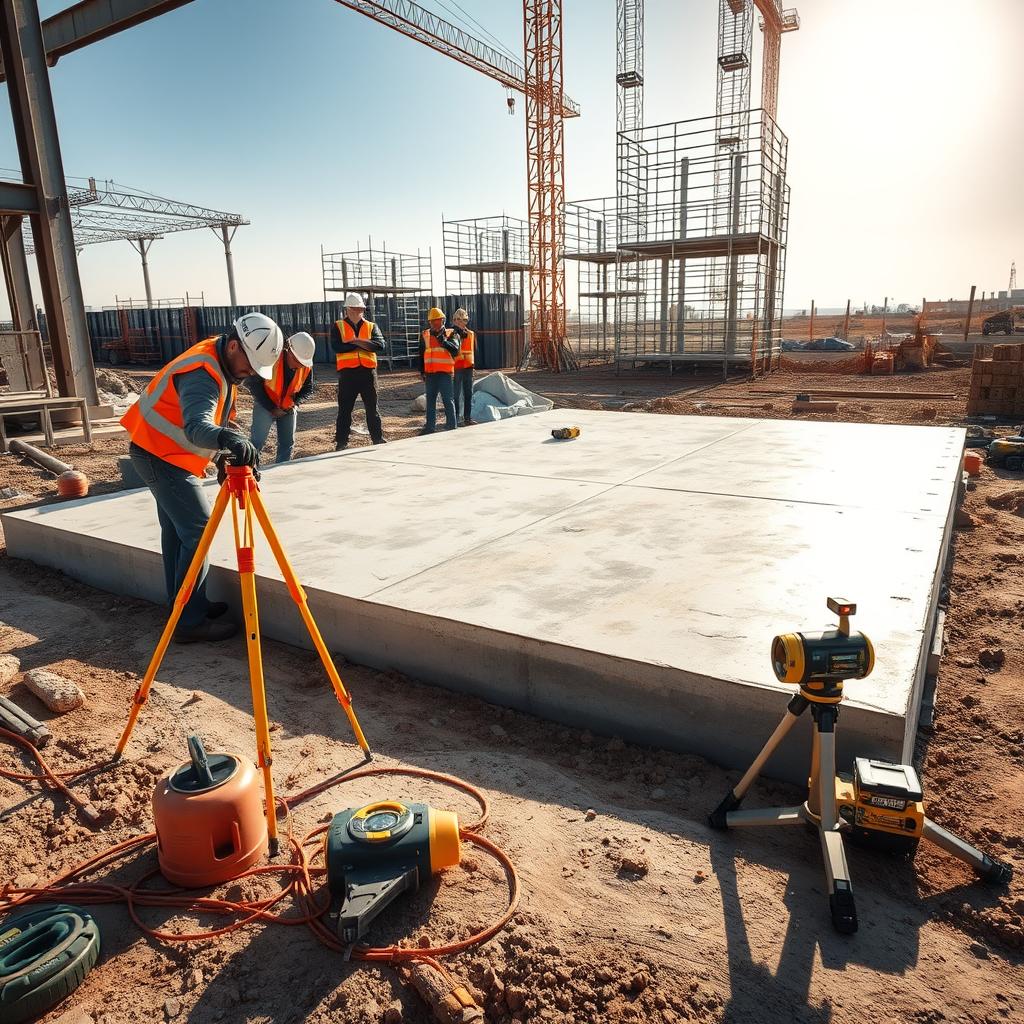Understanding Standard Tests for Footing in Construction
When it comes to ensuring the stability of structures, footing tests are essential. These tests provide vital information about the soil's strength and bearing capacity. Without proper testing, foundations could fail, leading to serious consequences.

The Standard Penetration Test (SPT) is one of the most commonly used methods in footing evaluation. This test involves driving a sampler into the soil using a drop weight. The number of blows required to advance the sampler provides insights into soil density.
Another significant test is the Cone Penetration Test (CPT). This method utilizes a cone-shaped device pushed into the ground to measure resistance. CPT offers continuous profiles of soil stratigraphy, making it invaluable for detailed foundation assessments.
Moreover, laboratory tests complement field tests. Samples obtained from the site can be analyzed for moisture content, plasticity, and other important properties. This comprehensive approach ensures a well-informed foundation design.
Tailoring tests to specific project needs is crucial. Consulting with geotechnical engineers can provide additional guidance on which tests to perform based on the site's unique conditions.
In summary, standard tests for footing play a critical role in construction projects. By employing methods like SPT and CPT, engineers can ensure that buildings rest on solid and tested foundations.






0 Comments